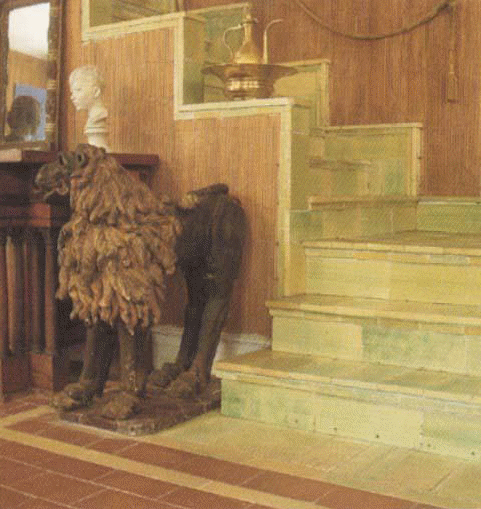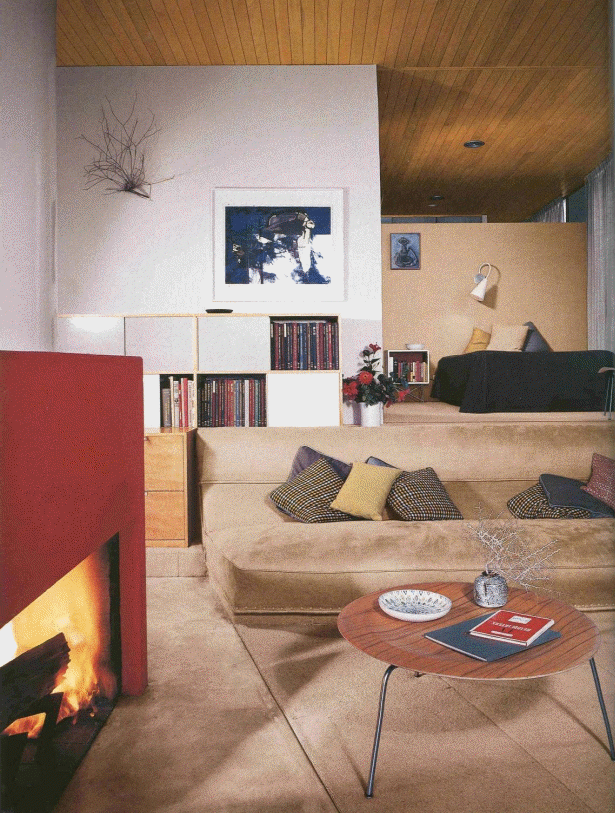The most exciting and intriguing thing that I have learned during this course is that the history of design is strongly dependent on the changes in society and the economy of different countries. In particular, I have learned that the roles of modern-day designers have become more complex since they have to achieve both utility and create aesthetic value for their work. This is probably the most fascinating aspect of this profession. Art and design are very sensitive to these changes.
To get insights into their history, one should first understand the life of people during a particular time. This task seems to be both challenging and rewarding. I have learned that art and design can tell very much about people’s income level, social status, and their major concerns. In my opinion, a truly professional designer has to understand how different factors affect the work of designers. Without this knowledge, these professionals can hardly meet the highest standards, set for designers.
For instance, by comparing the luxury decorum of the nineteenth century with the minimalistic design of the modern age, one can get a good idea about the lives of people or different generations (Figures 1 and 2). These examples show how exterior design has evolved within a century.


The first image is Staircase Hall at St. James. This example represents an apartment of a person, who could afford extravagancies such as sculpture or oriental cooking utensils. Whereas the second image is Etenza House, designed by Charles Eames and Eero Saarinen. One can see that its creators were primarily concerned with functionality, minimalism, and effective space management.
Thus, one can see how the needs of people have changed over time passing. The most important distinction between these two approaches is the use of resources. The majority of nineteenth-century designers were primarily focusing on aesthetic, while modern professionals pay more attention to space management and cost-effectiveness.
Hence, their task is more complex since they have to combine functionality and aesthetics. Apart from that, these people have to possess in-depth knowledge in many areas of study such as engineering, art, ecology, and so forth. Thus, understanding of social changes can throw new light on the work of modern designers.
I was particularly interested to learn more about the history of design in the late nineteenth and early twentieth century because it reflected a lot of social and cultural changes. Moreover, those patterns, which emerged during that period, remain relevant for modern designers, especially the minimalistic approach and functionality.
Hence, one should not suppose that this knowledge cannot avail future professional designers. In my opinion, people, living during that time witnessed a real breakthrough in design and its importance cannot be underestimated even nowadays.
Overall, I can say that this course has greatly increased my knowledge about the development of art and design. Moreover, it has enabled me to better understand the requirements which are set for modern designers.